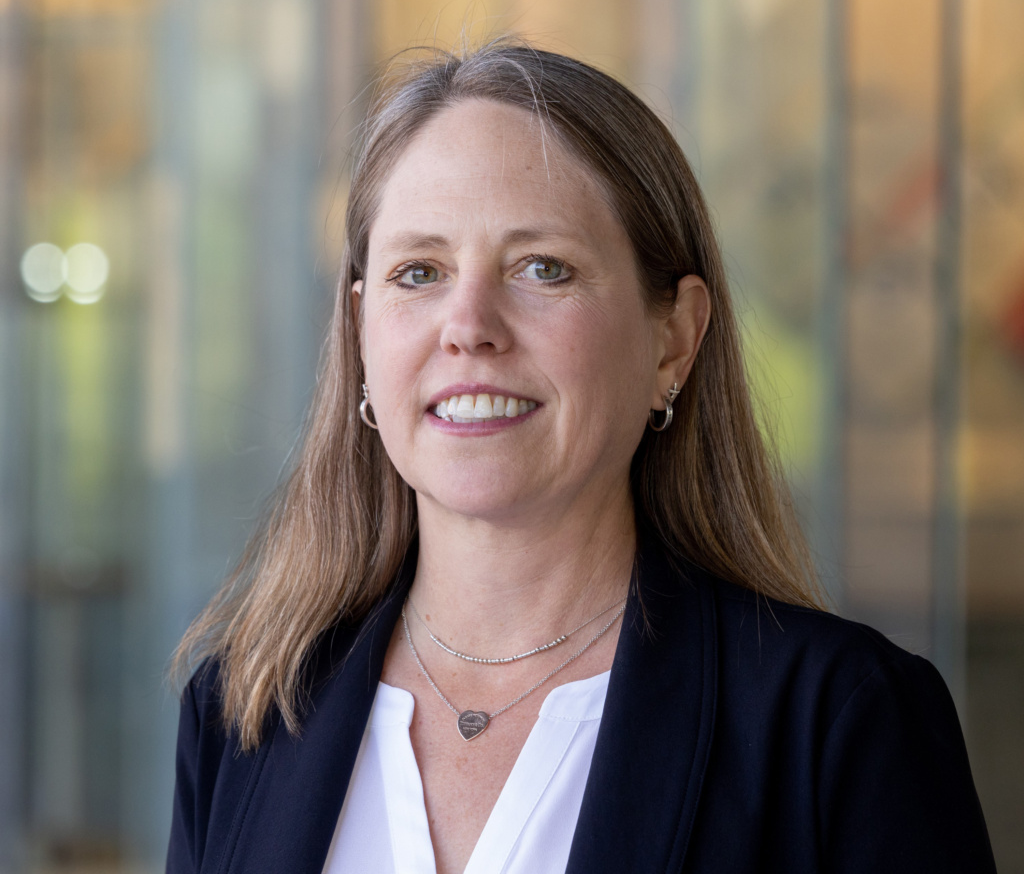Mary L. Rigdon has been invited to speak with the Arizona Department of Economic Security team in their Women’s History Month speaker series themed “Women Who Advocate for Equity, Diversity, and Inclusion,” The talk will be virtual on March 27th. Mary welcomes the opportunity to share her research on strategies for helping to close the persistent gender wage gap.
Articles:
Prosocial Option Increases Women’s Entry into Competition (A. Cassar and M.L. Rigdon), Proceedings of the National Academy of Sciences, 11/1/2021
https://doi.org/10.1073/pnas.2111943118
Option to Cooperate Increases Women’s Competitiveness and Closes the Gender Gap (A. Cassar and M.L. Rigdon), Evolution and Human Behavior, 42(6): 556-572; https://doi.org/10.1016/j.evolhumbehav.2021.06.001
Sustaining the Potential for Cooperation as Female Competitive Strategy
Philosophical Transactions of the Royal Society B, for special issue on cooperation among women 378: 20210440; https://doi.org/10.1098/rstb.2021.0440
Abstract: Economists have advanced the claim that the gender wage gap exists partly because of women themselves: women are less competitive than men so the wage gap can be explained at least in part by the competitiveness gap. In this talk, Mary will present joint research with Alessandra Cassar (Professor of Economics, University of San Francisco) that demonstrates women are as competitive as men, but are motivated by different incentives as a reflection of their evolutionary and cultural constraints. Mary will discuss their research demonstrating the power of social incentives — incentives that have a social dimension — to increase women’s willingness to compete. We describe how women face trade-offs associated with earned high status that men do not face. Competitiveness in women reflects those personal and societal pressures, intertwining a desire to compete for resources with concerns about the distribution of those resources. For navigating cooperation and competition in the social world, sex matters. This groundbreaking research is advancing the wage gap conversation from how to change women’s behavior — lean in, be assertive — to ways institutions and incentives should change to promote women’s natural competitiveness. We conclude by discussing how organizations can use these incentive mechanisms to develop recruitment, compensation, and reward strategies to help close the gender competitiveness gap with the aim of also reducing the gender wage gap. Mary thanks the National Science Foundation’s Decision, Risk and Management Sciences, Economics, and Science of Broadening Participation programs for supporting our research.


